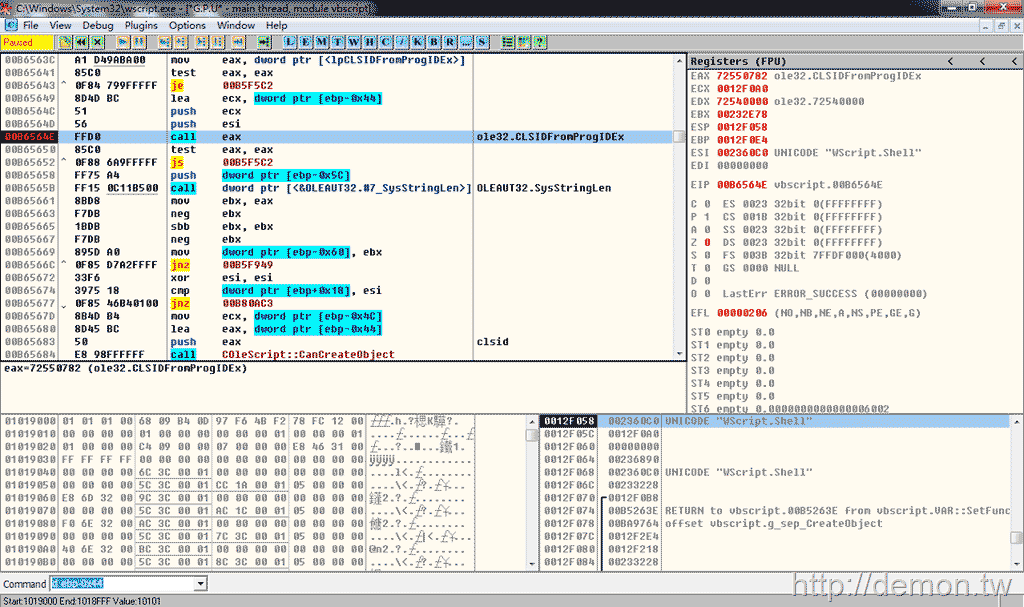文章摘要
在Oracle中,any()表示括号内任何一个条件,只要有一个满足即可;而all()表示所有的条件都满足才可以。
1.all用法
select * from A where id >=all(select id from A)
–这相当于
select * from A where id >=(select max(id) from A)
–小于最小值
select * from A where id <=all(select id from A)
–这相当于
select * from A where id <=(select min(id) from A)
2.any用法
select * from A where id >=any(select id from A)
–这相当于
select * from A where id >=(select min(id) from A)
–小于任意一个数即可,小于最大值
select * from A where id <=any(select id from A)
–这相当于
select * from A where id <=(select max(id) from A)
对于any,all的用法,书中说的比较绕口,难以理解,如果通过举例就会比较清晰.
any的例子:
select * from t_hq_ryxx where gongz > any (select pingjgz from t_hq_bm);
输出的结果是所有大于字段‘pingjgz‘中最小数的值,简单来说就是输出的数全部大于‘pingjgz‘字段中的最小值;
select * from t_hq_ryxx where gongz < all (select pingjgz from t_hq_bm);
输出的结果是所有小于字段‘pingjgz‘中最大数的值,简单来说就是输出的数全部小于‘pingjgz‘字段中的最大值;
即:大于最小值,小于最大值
all的例子:
select * from t_hq_ryxx where gongz > all (select pingjgz from t_hq_bm);
输出的结果是所有大于字段‘pingjgz‘中最大数的值,简单来说就是输出的数全部大于‘pingjgz‘字段中的最大值;
select * from t_hq_ryxx where gongz < all (select pingjgz from t_hq_bm);
输出的结果是所有小于字段‘pingjgz‘中最小数的值,简单来说就是输出的数全部小于‘pingjgz‘字段中的最小值;
即:小于最小值,大于最大值
如果还是不清楚,把下面这句看懂也就够了:
any 就是匹配集合中的任意一个就满足条件了;而 all 要跟所有的都比较,所有都满足以后才为真。



